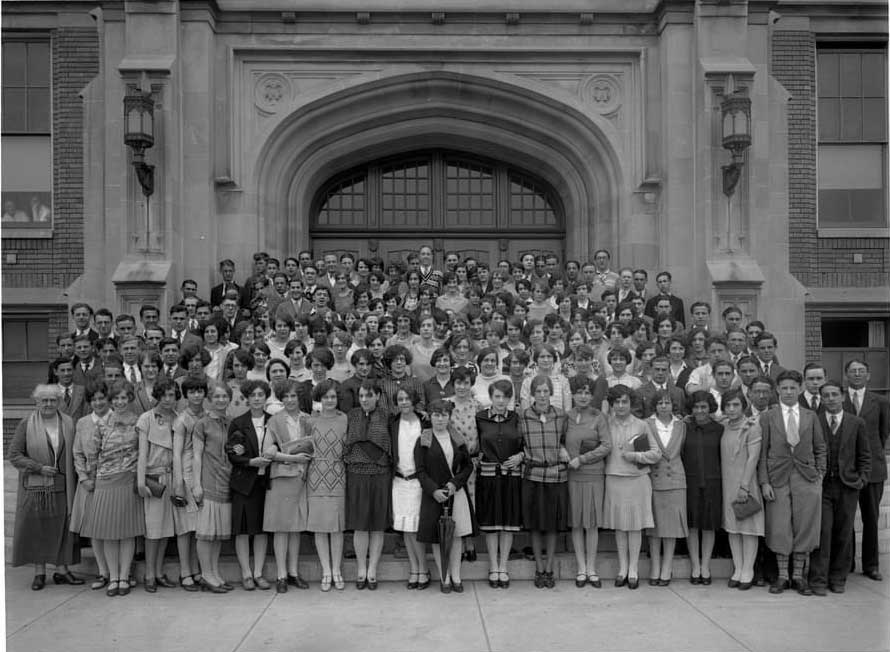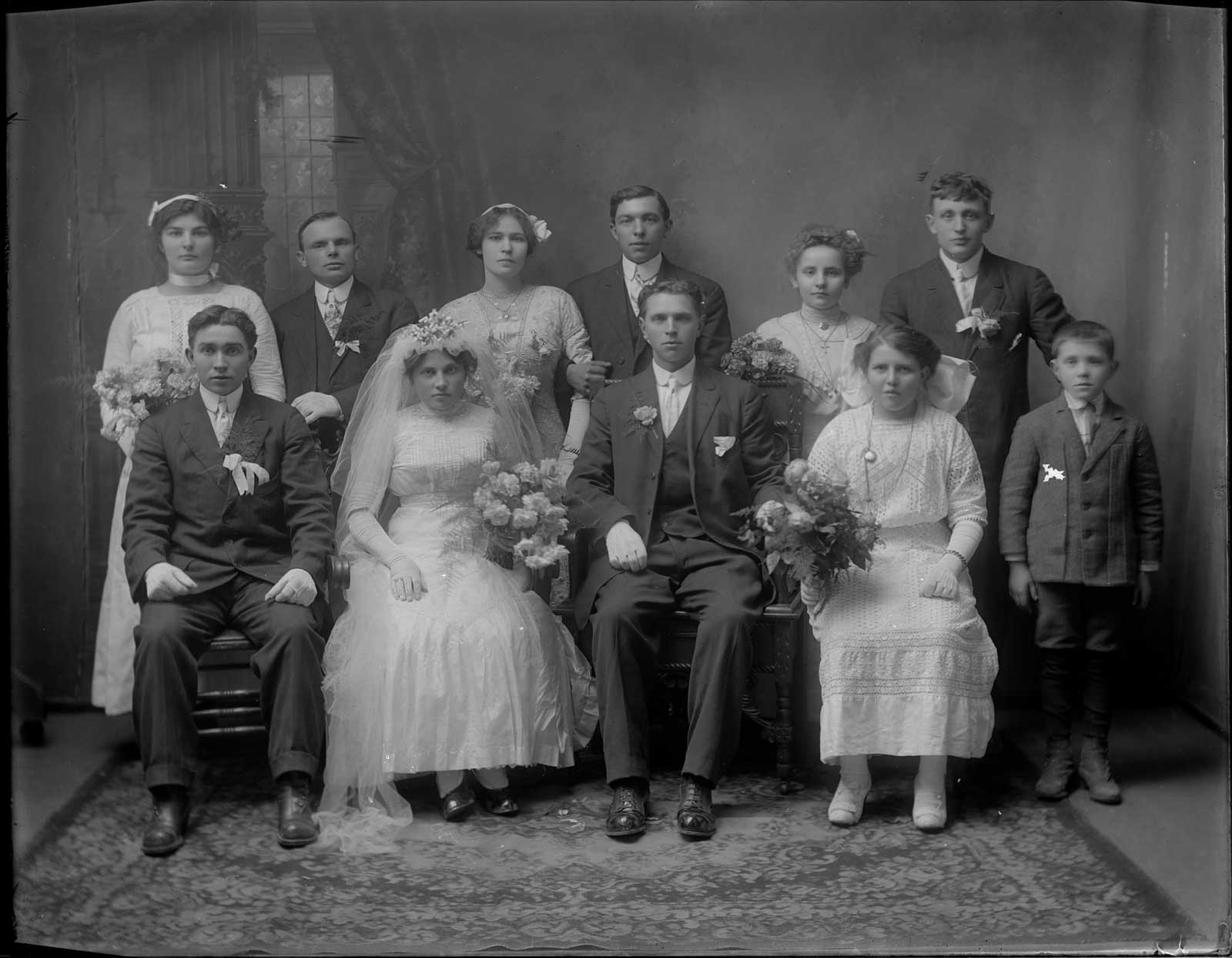
A collection of historical photos not seen in almost 40 years is being digitized by the Paterson Museum. The source of the photos are glass-plate negatives, a 19th-century precursor to film photography.
Digitizing the slides is the best method of preserving them, Heather Garside, curator at the Paterson Museum, told Jersey Digs. The glass slides are notoriously brittle and large — the largest are 11” x 14” — which makes using them and storing them complicated. The museum used to have its own dark room and on-site photographer, but few photographers today know how to work with the antiquated medium.
“The images were lost to us,” Garside said. “It’s nice to have them back.”

The museum’s collection comes from a range of places including the now-defunct newspaper the Paterson Evening News, which ran a print edition from 1890 to 1969. Commercial photography, crime scene photos from the local police department, and personal collections round out the nearly 9,000 slides being taken out of storage.
Many of the images have artistic quality as they were taken by Paterson’s well-known photographers like Charles Heinrichs, Vernon Royle, and John Reid. Others are intriguing for their snapshots of life in decades past.
“There’s rarely a boring photo,” said Giacomo Destefano, director of the Paterson Museum.
The collection, which is being digitized with grants from the Passaic Valley Cultural & Heritage Council and Fred J. Brotherton Charitable Foundation, is now available by appointment only. However, the staff is posting some of the newly scanned photos on the Paterson Museum’s Facebook page.
Garside believes the digitized collection will become a resource for researchers, historic preservationists, and genealogists. One of the major challenges, though, is organizing the photos, which will require help from the public in identifying the people and places featured in them.
“A couple people on social media have helped us identify the subjects in the images,” Garside said. “But the priority right now is to get the photos developed.”